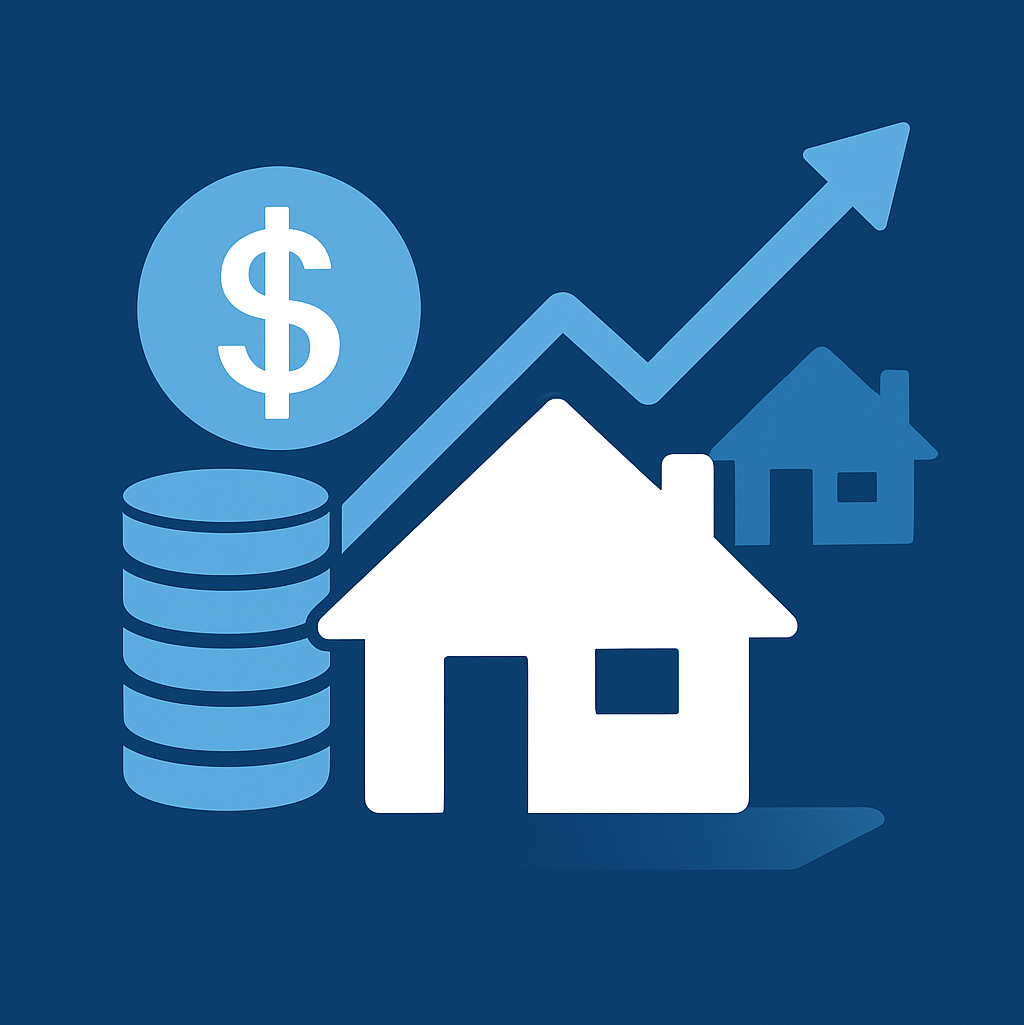Renovating can be one of the fastest ways to boost the value of a property — but not all upgrades are created equal. In Australia’s competitive property market, knowing what to renovate (and what to skip) can make the difference between a profitable flip and a costly mistake.
Whether you’re preparing to sell, rent, or refinance, here’s a guide to the renovations that deliver the best return on investment (ROI) in Aussie homes.
1. Kitchen Makeovers: The Heart of the Home
A modern, functional kitchen is a top priority for buyers and renters alike.
High-ROI upgrades:
- New benchtops (stone or engineered quartz)
- Updated cabinetry or handles
- Energy-efficient appliances
- Open-plan layouts
- Stylish splashbacks
Tip: You don’t need a full gut renovation. A cosmetic refresh can often do the trick.
2. Bathroom Upgrades: Clean, Bright, and Modern
Bathrooms are another high-impact area. A dated bathroom can turn buyers off instantly.
High-ROI upgrades:
- Frameless glass showers
- Floating vanities
- Modern tapware and tiles
- Improved lighting and ventilation
Tip: Keep plumbing in the same location to save on costs.
3. Street Appeal: First Impressions Matter
The exterior of your home sets the tone before anyone steps inside.
High-ROI upgrades:
- Fresh paint or rendering
- Landscaping and garden clean-up
- New front door or updated entryway
- Outdoor lighting
- Fencing and driveway improvements
Tip: A well-maintained front yard can add tens of thousands to perceived value.
4. Adding a Bedroom or Living Space
Increasing usable space is one of the most powerful ways to boost value.
Options to consider:
- Converting a study or garage into a bedroom
- Adding a second living area or rumpus room
- Building a granny flat (especially in NSW and QLD)
Tip: Check local council regulations before making structural changes.
5. Outdoor Living Areas: Aussie Lifestyle Appeal
Australians love indoor-outdoor living, especially in warmer climates.
High-ROI upgrades:
- Decks or patios
- Outdoor kitchens or BBQ areas
- Pergolas or shade structures
- Bifold or sliding doors to connect indoor and outdoor spaces
Tip: Use durable materials that suit the local climate.
6. Energy Efficiency & Smart Features
Sustainability is becoming a key selling point in Australian homes.
High-ROI upgrades:
- Solar panels
- Insulation and double-glazed windows
- Smart thermostats and lighting
- Water-saving fixtures
Tip: Highlight these features in your listing — they appeal to eco-conscious buyers.
Renovations That Often Don’t Pay Off
Not every upgrade adds value. Be cautious with:
- High-end luxury finishes in budget suburbs
- Swimming pools (can be a maintenance turn-off)
- Overcapitalising (spending more than the area’s ceiling price)
- Trendy designs that may date quickly
Final Thoughts: Know Your Market
Before renovating, research your suburb’s demographics and buyer expectations. What works in inner-city Sydney may not suit a regional town in Victoria. Always compare your planned spend with the potential uplift in value.
Pro tip: Speak to local agents or property valuers to understand what buyers are looking for in your area.





 Tools to use: CoreLogic, SQM Research, Domain Suburb Profiles
Tools to use: CoreLogic, SQM Research, Domain Suburb Profiles



